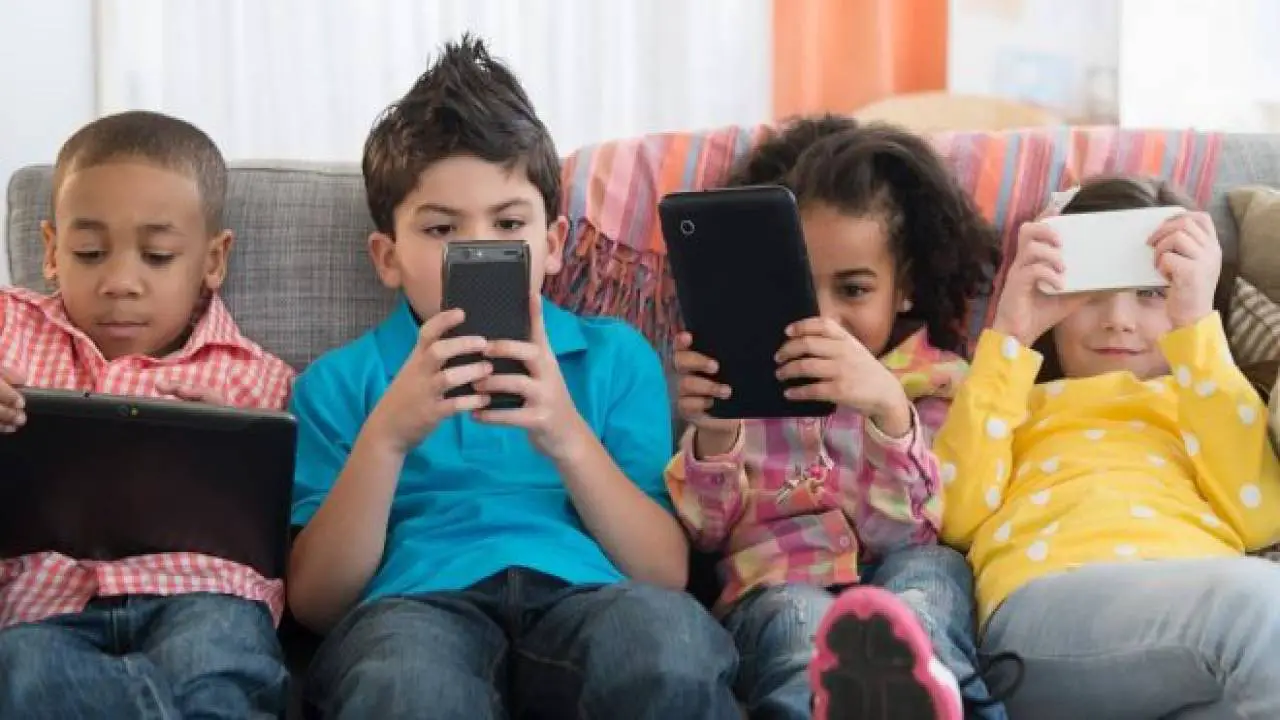Revolutionizing Education: The Promising Future of Artificial Intelligence

Artificial intelligence (AI) is rapidly transforming many industries, including education. AI has the potential to revolutionize the way we teach and learn, making education more personalized, efficient, and effective.
In this article, we’ll explore the future of AI in education and its potential to transform the way we learn.
Personalized Learning
One of the key benefits of AI in education is its ability to personalize learning. Traditional classroom instruction often relies on a one-size-fits-all approach, where all students are taught the same material at the same pace. However, with AI-powered tools, students can receive individualized instruction that is tailored to their unique needs and learning styles.
For example, AI-powered tutoring systems can analyze a student’s performance and adapt the curriculum to address their individual strengths and weaknesses. AI algorithms can also provide real-time feedback and support, helping students stay engaged and motivated. By providing personalized learning experiences, AI can help students reach their full potential and achieve academic success.
Efficient Grading
AI can also make grading more efficient and accurate. Grading papers and assignments is a time-consuming task for teachers, often taking hours or even days to complete. With AI-powered grading tools, teachers can save time and provide more timely feedback to students.
AI-powered grading tools can analyze written assignments and provide objective feedback on grammar, spelling, and syntax. These tools can also provide insights into a student’s writing style and suggest areas for improvement. By automating the grading process, teachers can focus on providing more personalized feedback and support to their students.
Virtual Classrooms
AI can also help create more immersive and engaging virtual classrooms. With AI-powered virtual classrooms, students can interact with teachers and classmates in real-time, regardless of their physical location. Virtual classrooms can also be customized to meet the needs of individual students, providing a more personalized learning experience.
AI-powered virtual classrooms can also incorporate augmented reality (AR) and virtual reality (VR) technologies, making learning more interactive and engaging. For example, students can use AR to explore a historical site or VR to explore the human body. By incorporating these technologies, AI-powered virtual classrooms can create a more immersive and engaging learning experience.
Challenges and Limitations
While AI has the potential to transform education, there are also challenges and limitations that need to be addressed. One challenge is ensuring that AI-powered tools are designed and implemented in an ethical and responsible way. For example, AI algorithms must be transparent and explainable, so that teachers and students can understand how they work and make informed decisions.
Another challenge is ensuring that AI-powered tools do not replace teachers entirely. While AI can provide personalized learning experiences and automate certain tasks, teachers play a critical role in fostering student engagement and providing emotional support.
Conclusion
In conclusion, the future of AI in education is bright. AI has the potential to revolutionize the way we teach and learn, making education more personalized, efficient, and effective. AI-powered tools can provide personalized learning experiences, automate grading, and create more immersive virtual classrooms. However, there are also challenges and limitations that need to be addressed to ensure that AI is used in an ethical and responsible way. With careful planning and implementation, AI can help students reach their full potential and achieve academic success.

